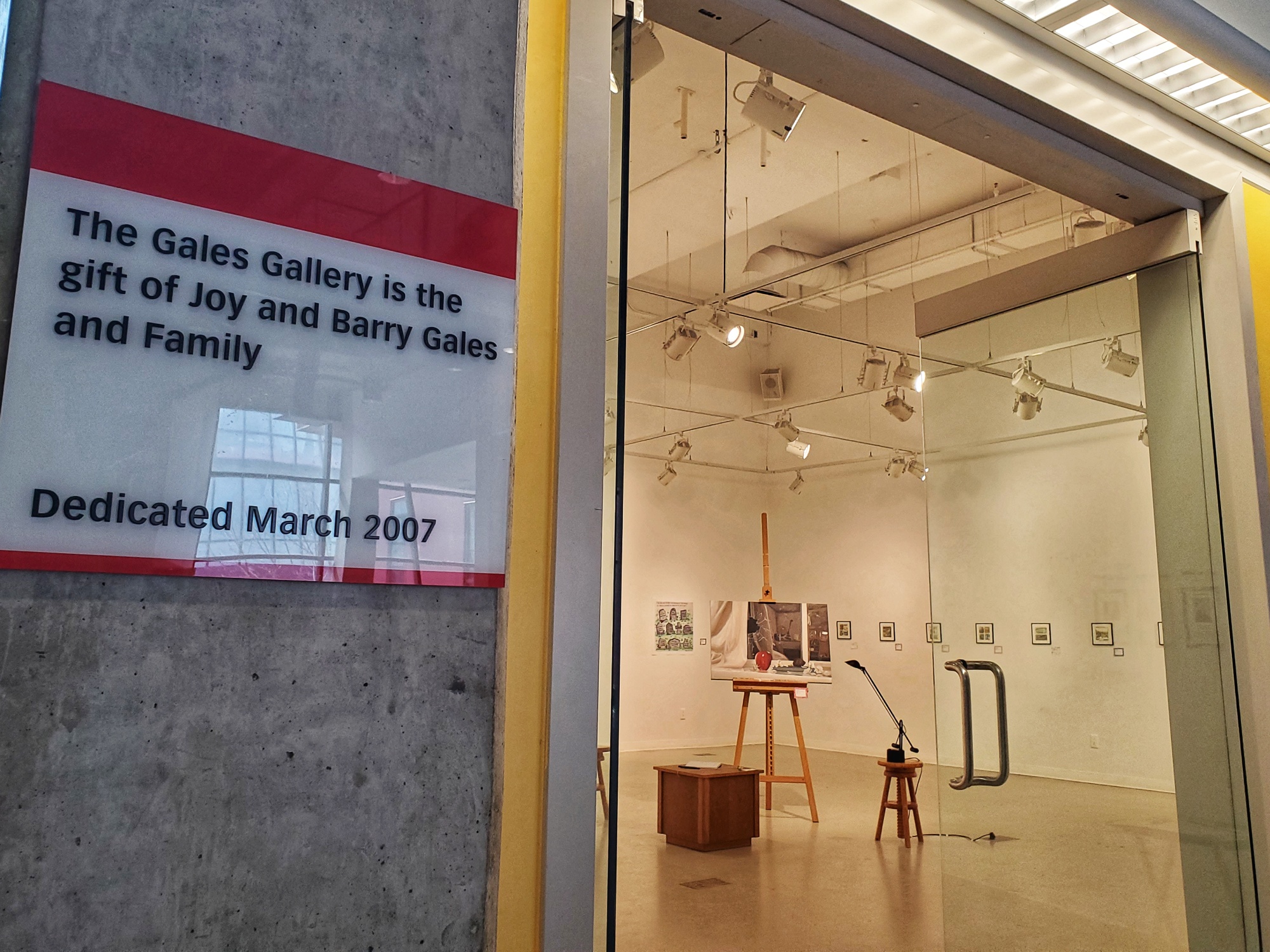By the end of April, all COVID-19 restrictions will be lifted in Ontario, more than two years after the start of the pandemic. COVID-19, in the arts, has forced many theatres, studios, and art galleries to either close down or adapt. But aside from that, how has the pandemic impacted art galleries?
Felicia Mings, a curator at AGYU, explains that each gallery has different precautions to ensure that audiences can still enjoy the art displayed. They say, “At the AGYU, we require gallery visitors to complete the YU Screen, register their attendance to the gallery, and wear a mask. Like many galleries throughout the pandemic, we’ve pivoted in-person events to online, worked with a reduced capacity, and in warmer weather we’ve opted for outdoor events.
“Audiences have experienced artist talks, public programs, and even exhibitions online throughout this pandemic. Although innovative online programs have emerged from this context, I think people are excited to get back into galleries. I think that many people have a similar desire to be with people and have in-person experiences with art again,” says Mings.
“Previously, we may have had the same amount of visitors, but I think the pandemic has caused us to collectively take more time to really think about our actions, what we do, where we go and who we go with,” adds Liz Ikiriko, a curator of collections and contemporary engagement at the AGYU. “We have folks coming to the gallery with the desire to really engage with art and think through the ideas that are being presented.”
“For a period of time, most galleries were closed, meaning there was no experience to be had,” says professor Brandon Vickerd, an artist and art educator in the department of visual art and art history. “Physical gallery spaces are slowly re-opening and we are seeing a desire by the public to return to experiencing art in physical spaces.”
Vickerd explains that the renaissance is widely recognized as “one of the most creative periods in Western history that lead to massive shifts in philosophy, the arts, and how we conceive of our humanity. Scholars have long pointed out that the main driving force behind the emergence of the renaissance was the impact of the plague and the mass cultural upheaval it created.”
Vickerd adds that similarly after the Spanish Flu came the roaring 20s and new styles of art, such as “surrealism, which flourished and prospered during the 1920s, eventually leading to what we understand today as modern art.”
“These examples, although dark, point us to a truth in human history — after prolonged periods of trauma, isolation, and fear, humanity tends to react by fostering new creative understanding and ways of developing human connection,” Vickerd adds.


